
The Most Massive Trees
Being dwarfed by Earth’s most massive tree, the giant sequoia, fills you with wonder. It’s hard to believe that a living thing can be so enormous and old. Also known as Sierra redwoods, the largest of these trees that live in California’s rugged Sierra Nevada mountain range, could hold a stadium full of people.
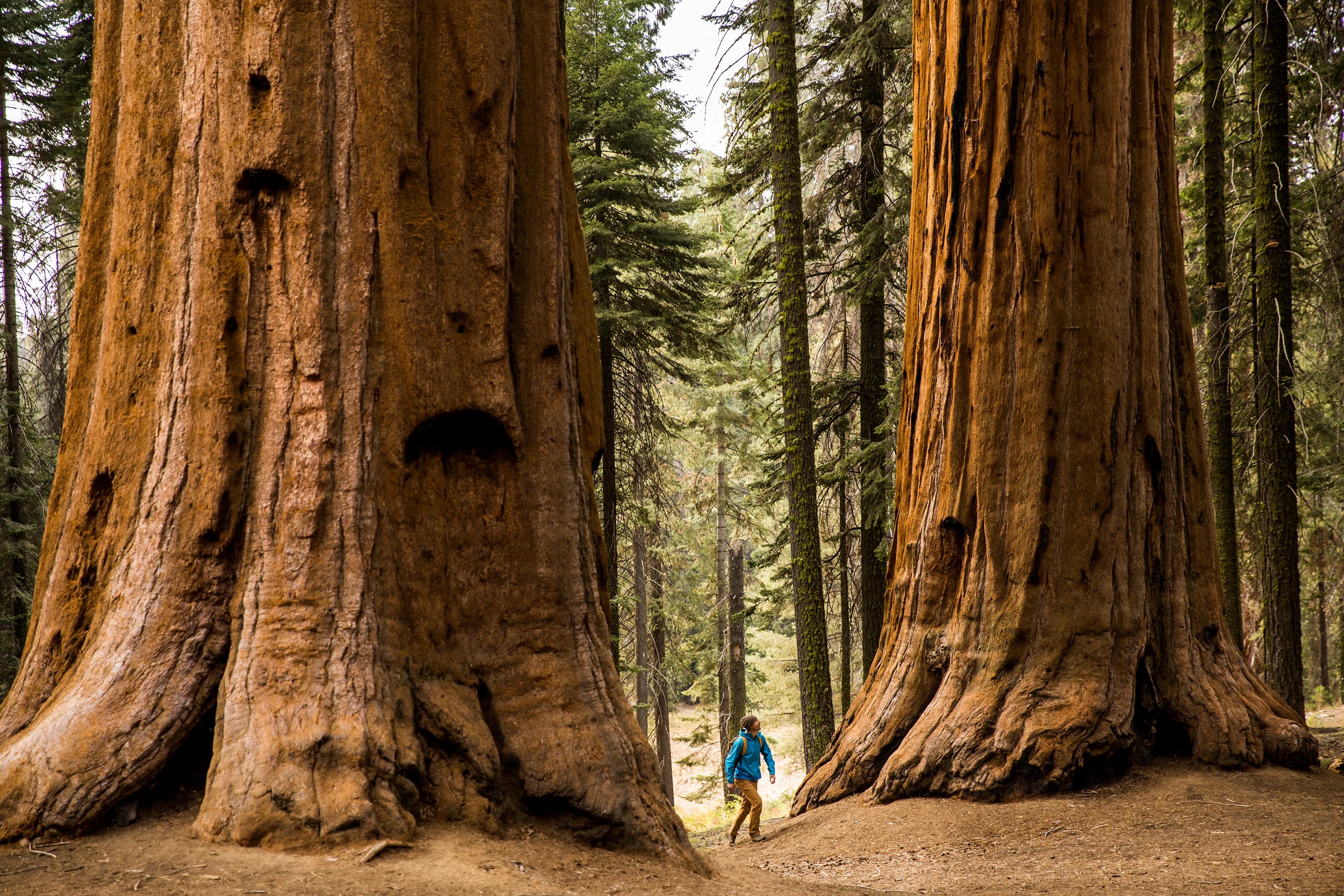
History
Redwoods once grew throughout the Northern Hemisphere. The oldest known redwood fossils date back more than 200 million years to the Jurassic period. Today, the last giant sequoia on Earth live on land about the size of Cleveland (48,000 acres), in about 73 groves scattered along the western slopes of the Sierra Nevada.
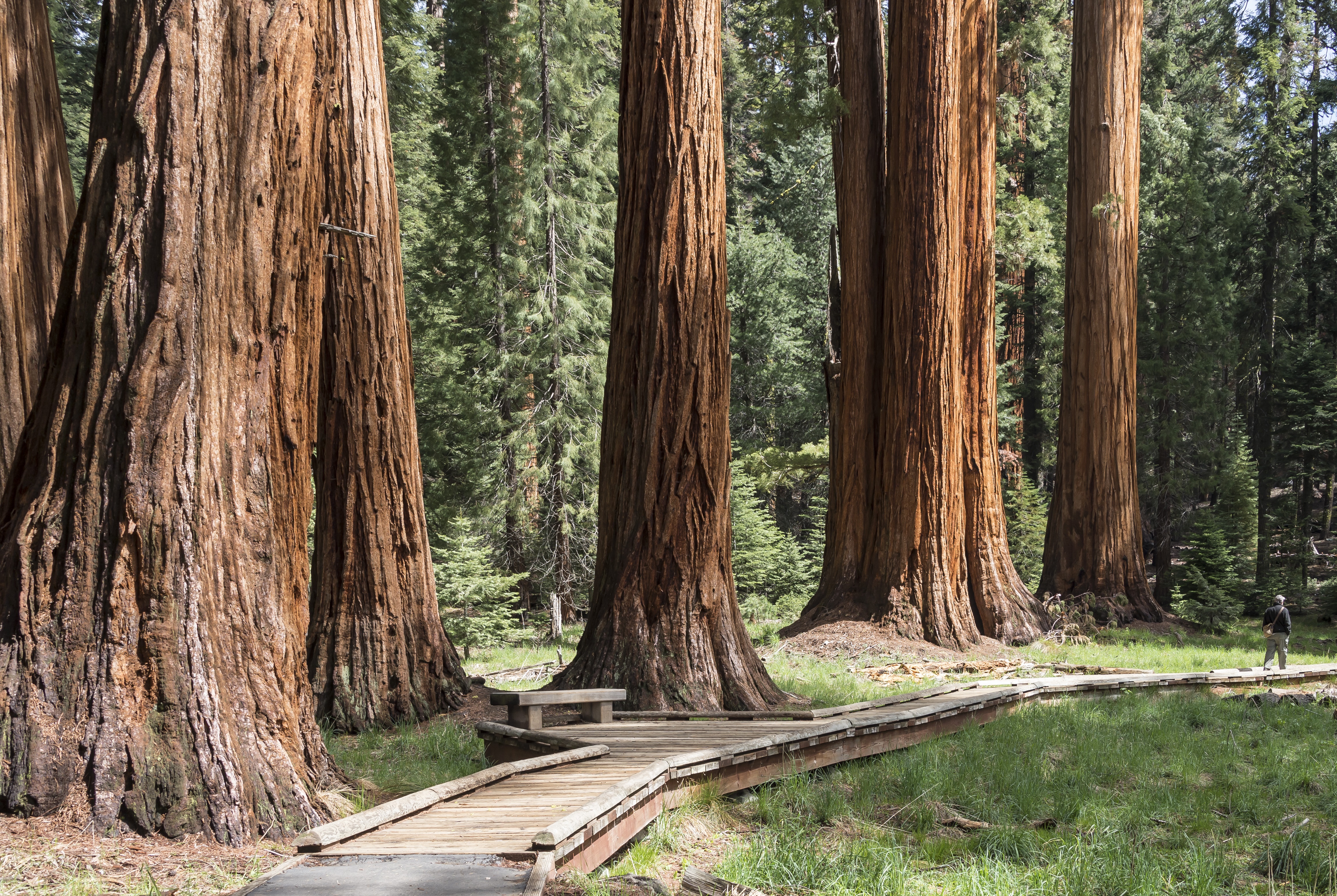

The northernmost sequoia grow in Placer County in Tahoe National Forest, and the southernmost groves live in Giant Sequoia National Monument. The first widely publicized discovery of the giant sequoia was in 1852, at Calaveras Big Trees State Park. One of these trees, named the Discovery Tree, was unfortunately felled in 1853. It was determined to be 1,244 years old. Its stump was so large it was used as a dance floor.
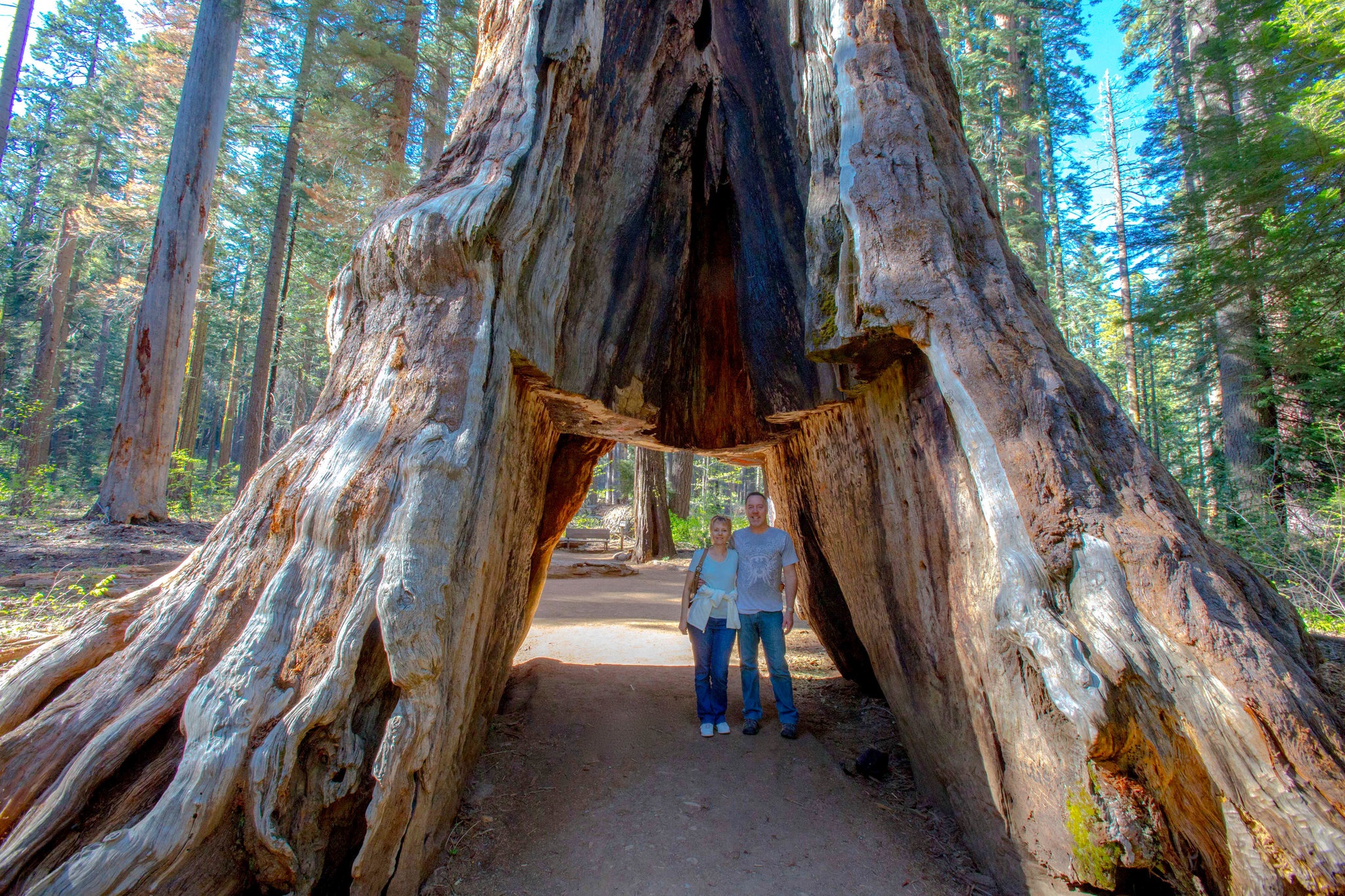
Some sequoia groves were logged in the late 1800s and early 1900s, but not very successfully. The trees would often shatter when they hit the ground because of their brittleness and great weight. The leftover wood was used mainly for shingles and fence posts, or even for matchsticks, and therefore had little monetary value. Once Sequoia National Park was established, tourism brought a better incentive to protect the trees.

Biology
Some of the largest surviving giant sequoia groves can be seen in Sequoia and Kings Canyon National Parks, Giant Sequoia National Monument, Calaveras Big Trees State Park and Yosemite National Park. Sequoia are found at elevations of 1,400–2,150 meters (4,600–7,050 feet) and can live to be 3,000 years old!
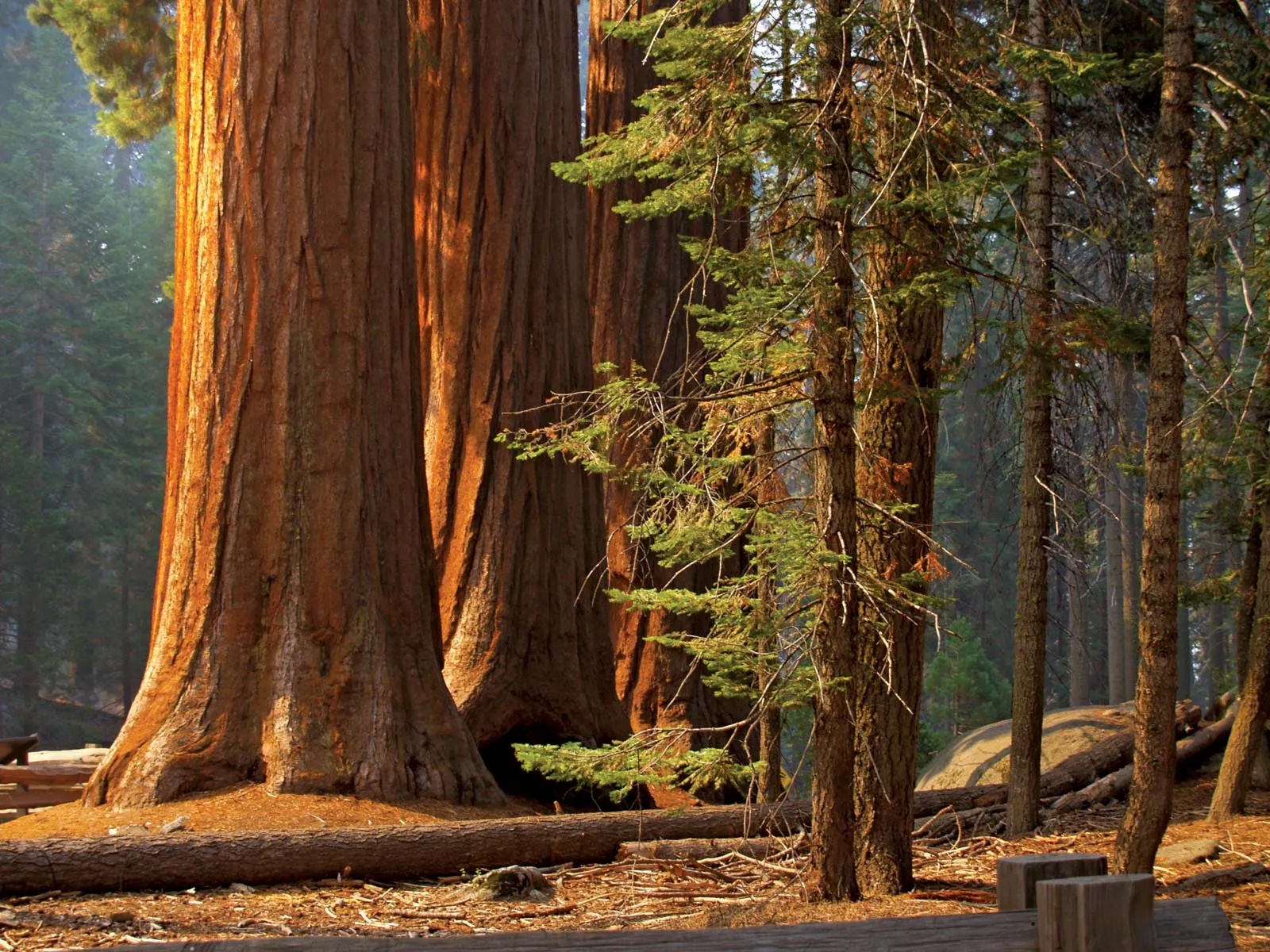
Giant sequoia grow so large because they live a very long time and grow quickly. To thrive, giant sequoia require a great amount of water, which they primarily receive from the Sierra snowpack that accumulates over the winter months and soaks into the ground when it melts. Because they need well-drained soil, walking around the base of giant sequoia can cause them harm, as it compacts the soil around their shallow roots and prevents the trees from getting enough water.
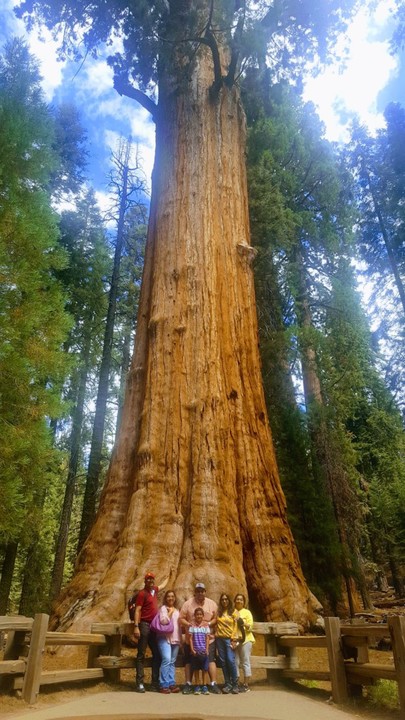
Giant sequoia are generally well able to protect themselves against their natural threats, allowing them to survive for thousands of years. They are too massive to be blown over in the wind, and their bark is thick and rich in tannins, which protect them against fire and insect damage. Fire is an important element of the giant sequoia forest.
Sequoia seedlings need nutrient-rich soil, lots of sunlight, and an area free of competition from other plants to thrive. Periodic wildfires help to produce all of these conditions and are therefore very beneficial to the reproduction of sequoia trees. Fire suppression policies in recent years have increased the growth of dense, brushy undergrowth and reduced the likelihood of giant sequoia regeneration. You can learn more about the impacts of fire on our Giant Sequoia and Fire page.
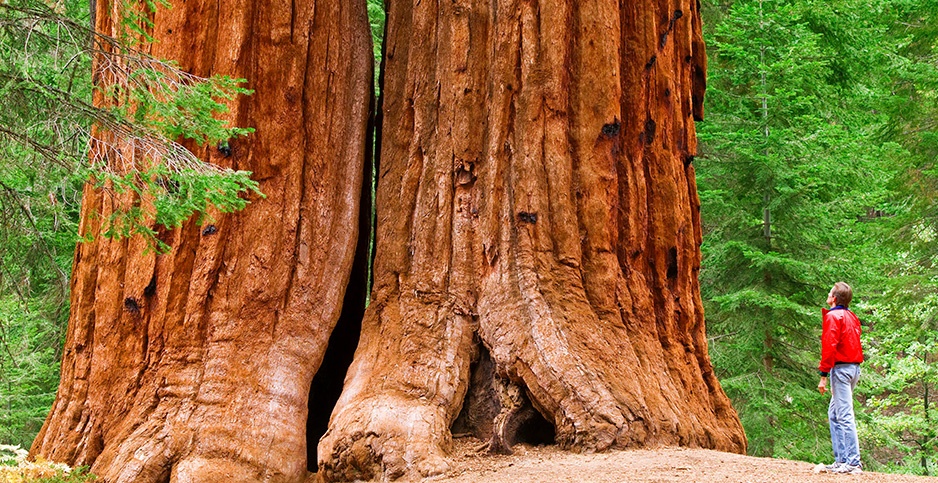
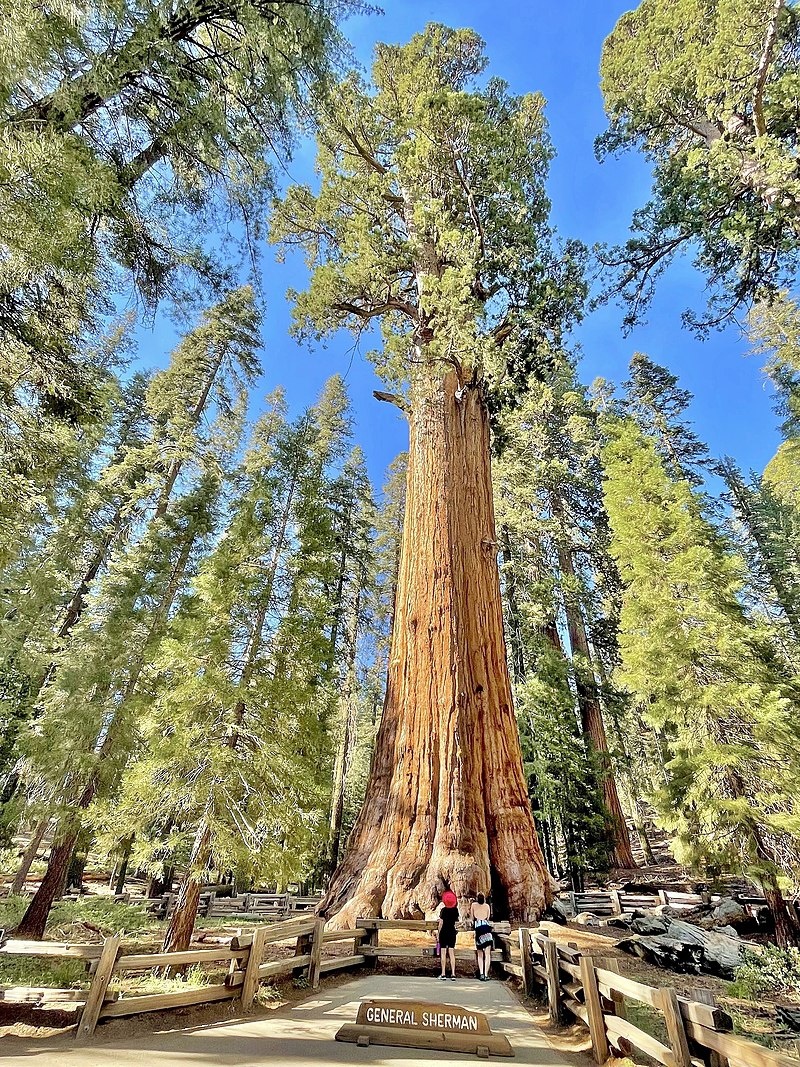
.
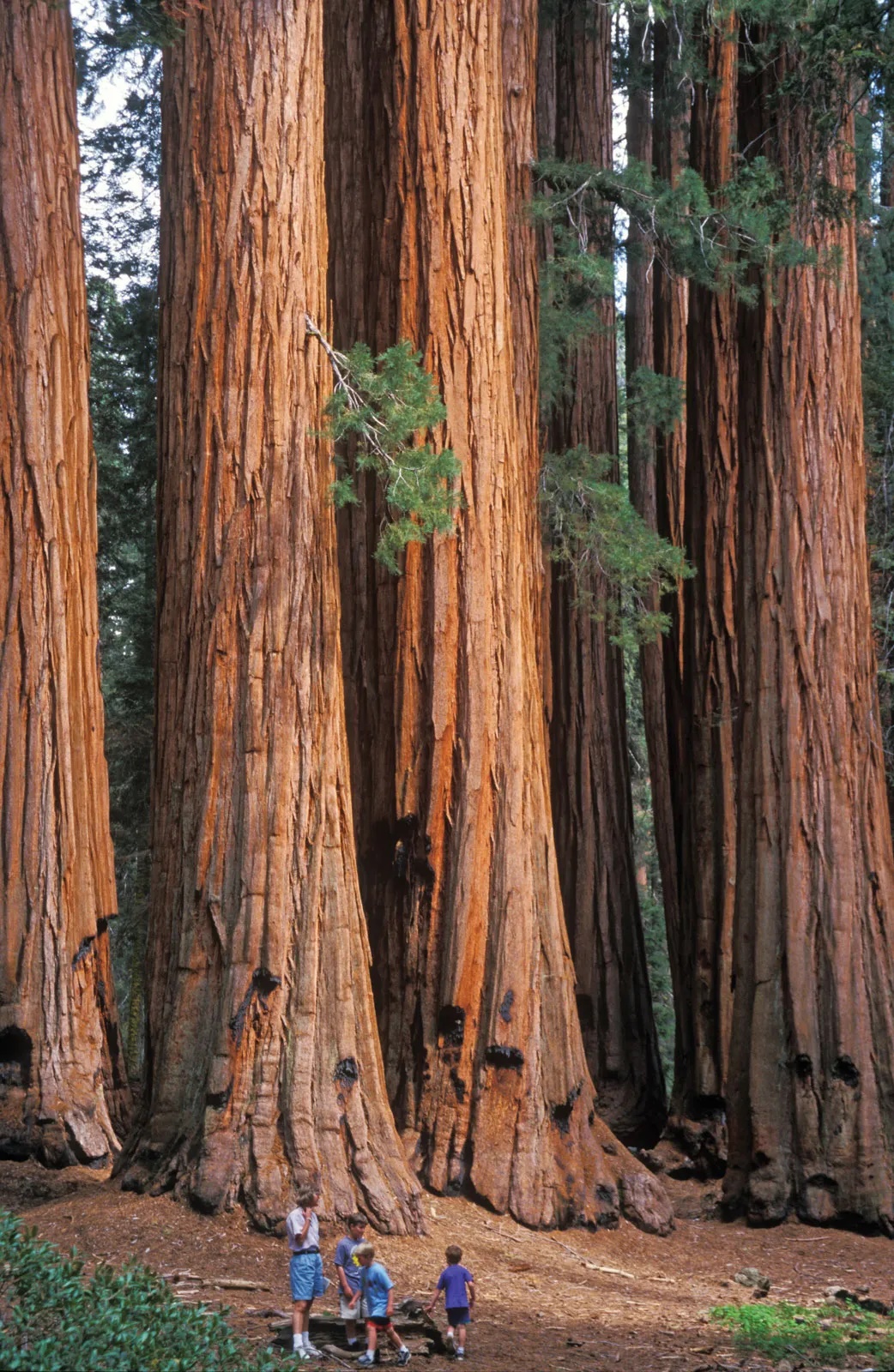
Source: bestartzone








